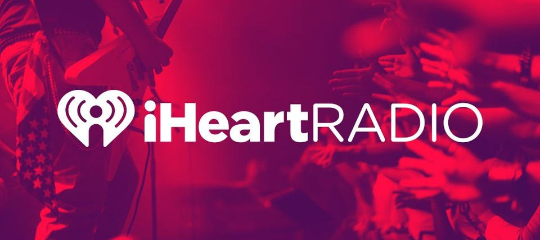
- Blog
- Oct 18, 2024
In the fast-paced world of digital marketing, accurately measuring the effectiveness of your campaigns is crucial for driving success. One key element in this measurement process is the attribution window—the period during which conversions are credited to specific marketing interactions. The choice of attribution window can significantly impact your marketing insights, shaping how you evaluate the success of your campaigns. In this blog, we’ll explore the different types of attribution windows and provide guidance on selecting the right one for your marketing efforts.
What are Attribution Windows?
Attribution windows define the timeframe in which a conversion can be attributed to a specific marketing touchpoint. Depending on the length of the attribution window, different interactions may or may not be credited for driving conversions. Understanding these windows is essential for accurate reporting and analysis of marketing performance.
Types of Attribution Windows
- Click-Through Attribution Window – This window measures the time between a user clicking on an ad and completing a conversion. Typical click-through attribution windows can range from 1 day to 30 days, depending on the business model and customer buying cycle. This window is ideal for campaigns aimed at immediate conversions.
- View-Through Attribution Window – View-through attribution captures conversions that occur after a user views an ad without clicking on it. This window typically lasts longer, often up to 30 days or even longer, as it accounts for the delayed impact of brand exposure on conversions.
- Custom Attribution Windows – Some businesses may benefit from creating custom attribution windows tailored to their specific customer journey and sales cycles. This flexibility allows marketers to define how long after an interaction a conversion should still be credited to that touchpoint.
The Impact of Attribution Windows on Marketing Insights
1. Conversion Tracking
The length of the attribution window directly affects conversion tracking. A shorter window may lead to fewer touchpoints being credited, potentially overlooking the contributions of earlier interactions that influence a customer’s decision-making process. Conversely, an overly long window might attribute conversions to interactions that had little impact, skewing results.
2. Budget Allocation
Attribution windows can also influence how marketing budgets are allocated. If a short attribution window shows that certain channels drive conversions, marketers may invest heavily in those areas while neglecting channels that contribute earlier in the customer journey. An understanding of the full impact of each channel is essential for effective budget management.
3. Campaign Optimization
Understanding attribution windows is critical for optimizing campaigns. If the window is too short, marketers may miss valuable insights about customer behavior and preferences. By analyzing performance over an appropriate timeframe, marketers can refine their strategies and enhance their campaigns based on more accurate data.
4. Customer Journey Insights
Different customers may have varying engagement patterns, making it essential to choose an attribution window that reflects your audience’s journey. Understanding how long it typically takes for customers to convert after interacting with your ads helps in selecting the most relevant window for your campaigns.
Choosing the Right Attribution Window
When selecting the appropriate attribution window for your marketing campaigns, consider the following factors:
- Business Model and Sales Cycle – Evaluate the nature of your products or services. For products with a longer consideration phase, such as high-ticket items, longer attribution windows may be more suitable.
- Customer Behavior – Analyze historical data to understand customer buying patterns. Look for trends in how long it typically takes for customers to convert after initial engagement.
- Campaign Goals – Align your attribution window with the specific goals of your campaigns. For awareness campaigns, longer view-through windows may be appropriate, while direct response campaigns may benefit from shorter click-through windows.
- Industry Standards – Research industry benchmarks to see what attribution windows competitors are using. This can provide valuable context for making your decision.
Conclusion
The choice of attribution window has a significant impact on your marketing insights and overall performance. By understanding the different types of attribution windows and their effects on conversion tracking, budget allocation, and campaign optimization, you can make informed decisions that enhance your marketing strategies.
To effectively measure your marketing success, it’s essential to select the right attribution window that aligns with your business model and customer behavior.
Ready to optimize your marketing performance? Schedule a demo with LeadsRx today and discover how our advanced attribution solutions can help you understand the impact of attribution windows on your campaigns!





